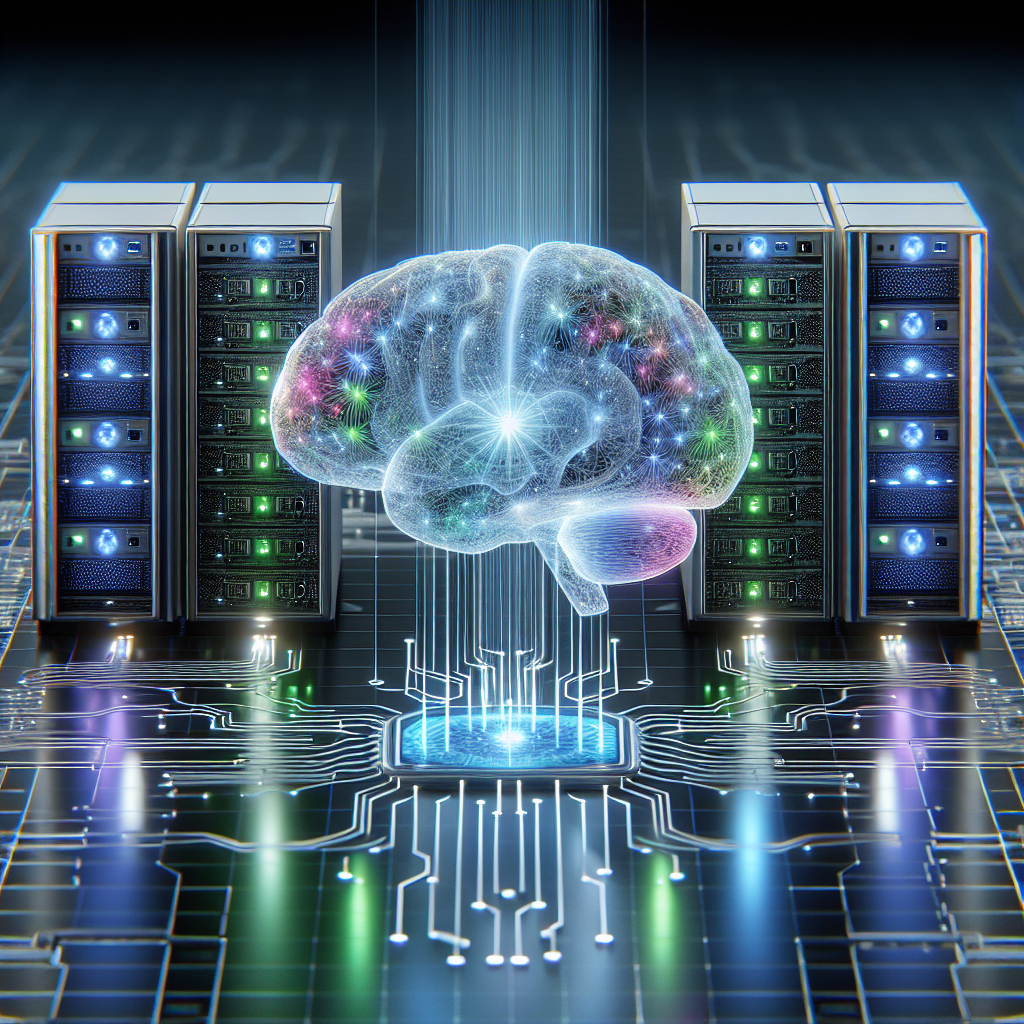The Intersection of AI and Cognitive Computing
Artificial Intelligence (AI) and Cognitive Computing are two closely related fields that are rapidly advancing and transforming the way we interact with technology. While they are often used interchangeably, there are distinct differences between the two. AI refers to the ability of machines to mimic human intelligence and perform tasks that typically require human intelligence, such as visual perception, speech recognition, decision-making, and language translation. Cognitive Computing, on the other hand, is a subset of AI that focuses on creating systems that can simulate human thought processes and learn from data in a more human-like manner.
The intersection of AI and Cognitive Computing is where the two fields converge and complement each other to create more intelligent and human-like systems. By combining the strengths of AI, such as machine learning and natural language processing, with the cognitive abilities of human beings, such as reasoning and problem-solving, researchers and developers are able to create powerful technologies that can understand, interpret, and interact with humans in a more natural and intelligent way.
One of the key areas where AI and Cognitive Computing are intersecting is in the field of healthcare. Researchers are using advanced AI algorithms and cognitive computing techniques to analyze vast amounts of medical data, such as patient records, lab results, and imaging scans, to diagnose diseases, predict outcomes, and personalize treatment plans. By leveraging the power of AI and cognitive computing, healthcare providers are able to deliver more accurate and personalized care to patients, leading to better health outcomes and lower costs.
Another area where AI and Cognitive Computing are intersecting is in the field of customer service. Companies are using AI-powered chatbots and virtual assistants that are powered by cognitive computing technologies to provide personalized and intelligent customer support. These systems can understand natural language, learn from past interactions, and engage with customers in a more human-like way, leading to higher levels of customer satisfaction and loyalty.
In the field of finance, AI and Cognitive Computing are being used to improve risk management, fraud detection, and investment strategies. By analyzing market data, financial news, and customer behavior, AI-powered systems can identify patterns and trends that humans may overlook, leading to more informed decision-making and better financial outcomes.
The intersection of AI and Cognitive Computing is also transforming the field of education. Researchers are developing intelligent tutoring systems that can adapt to the individual learning styles and needs of students, providing personalized instruction and feedback. By combining the power of AI with cognitive computing, educators are able to create more engaging and effective learning experiences for students, leading to improved academic performance and retention.
Overall, the intersection of AI and Cognitive Computing holds great promise for revolutionizing a wide range of industries and applications. By combining the strengths of AI and cognitive computing, researchers and developers are able to create more intelligent, adaptive, and human-like systems that can understand and interact with humans in a more natural and intuitive way.
FAQs:
Q: What is the difference between AI and Cognitive Computing?
A: AI refers to the ability of machines to mimic human intelligence and perform tasks that typically require human intelligence, such as visual perception, speech recognition, decision-making, and language translation. Cognitive Computing, on the other hand, is a subset of AI that focuses on creating systems that can simulate human thought processes and learn from data in a more human-like manner.
Q: How are AI and Cognitive Computing intersecting?
A: AI and Cognitive Computing are intersecting in various fields, such as healthcare, customer service, finance, and education, where researchers and developers are combining the strengths of AI, such as machine learning and natural language processing, with the cognitive abilities of human beings, such as reasoning and problem-solving, to create more intelligent and human-like systems.
Q: What are some examples of AI and Cognitive Computing applications?
A: Some examples of AI and Cognitive Computing applications include intelligent tutoring systems in education, AI-powered chatbots in customer service, medical diagnosis and treatment planning in healthcare, and risk management and fraud detection in finance.
Q: How is the intersection of AI and Cognitive Computing benefiting industries?
A: The intersection of AI and Cognitive Computing is benefiting industries by creating more intelligent, adaptive, and human-like systems that can understand and interact with humans in a more natural and intuitive way. This leads to more accurate diagnoses in healthcare, personalized customer support in customer service, better financial outcomes in finance, and improved learning experiences in education.

